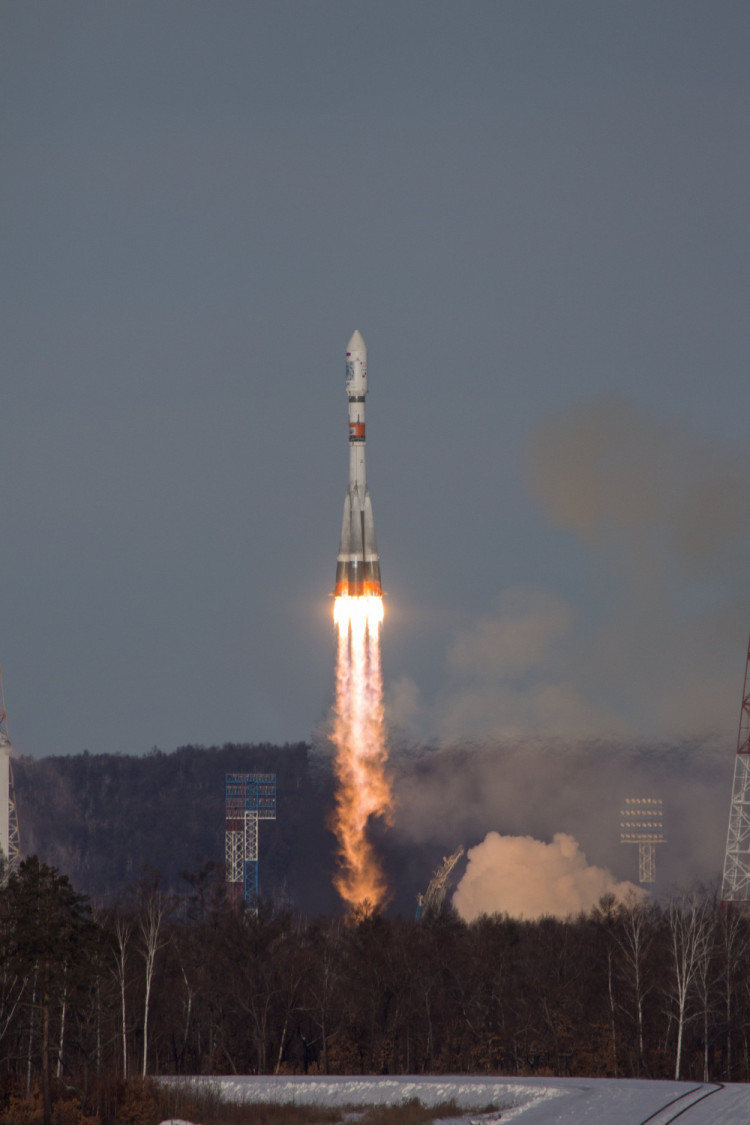NASA has not commented on a recent report regarding the agency's past request to use the Chinese Chang'e-4 spacecraft for future U.S. space missions.
Chief scientist of China's moon expedition, Wu Weiren revealed NASA's request that was made years back. According to The South China Morning Post, Wu said scientists from the American space agency asked permission if they could attach their own beacon device on the Chang'e-4. The purpose is for the U.S. to come up with strategies that would assist scientists in future missions to the far side of the moon.
NASA has not issued a statement on these claims but it is worth noting that the Chinese lunar program said it has shared data with the American agency. The data mentioned is from China's successful landing on the far side of the moon on January 3.
Despite NASA's silence, Wu told state broadcaster CCTV, "We asked the Americans why they wanted our relay satellite to operate longer. They said, perhaps feeling a little embarrassed, that they wanted to make use of our relay satellite when they make their own mission to the far side of the moon."
The satellite in question is the Chinese Queqiao relay satellite that helped solve communication problems that the Chang'e-4 mission experienced early on. Since radio waves could not penetrate the dark side of the moon, China launched Queqiao, allowing for signals from the Chang'e-4 rover to reach scientists on Earth.
Earlier this week, China released photos of the first cotton seed sprouts that were given life on the Chang'e-4 spacecraft. This is the first time plants were bred on the moon. However, the sprouts didn't last long as it was reported that they died from plummeting temperatures.
A 2011 bill was passed by the U.S. Congress, stating that the country is not allowed to collaborate with China in terms of space probes. However, scientists under China's lunar probe reiterated that they are "willing" to work with NASA specialists.
For China, cooperating with the United States and other western countries is a great chance to collect data for future use. Sweden and Germany have already benefited from the data they received from China's successful soft landing but analysts believe NASA is left out because of the U.S. Congress' ban.
On the other hand, NASA has reportedly volunteered to use its Lunar Reconnaissance Orbiter (LRO) to observe how Chang'e-4's Jade Rabbit will land on the far side of the moon. The LRO was able to take snaps of the Chinese moon rover's landing site, Quartz reported.
It has yet to be revealed if the ban will be lifted, following two historical breakthroughs by China's Chang'e-4 mission on the moon.






